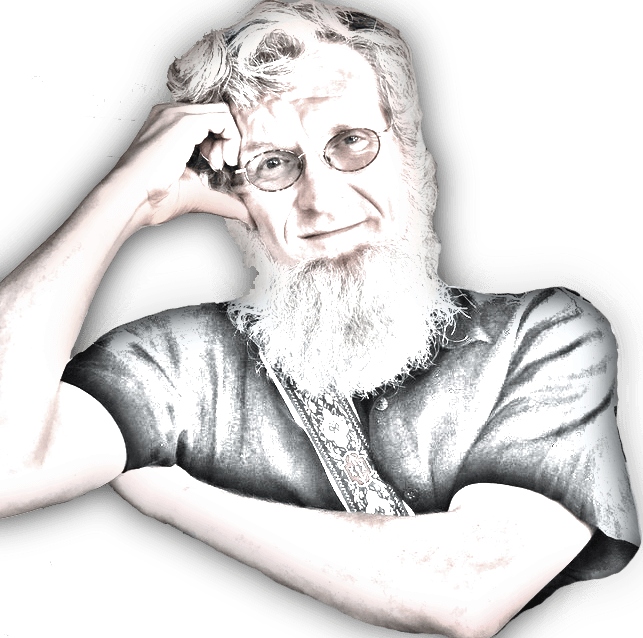Lightning detection, a devastating home electrical fire, and a whole lot of grit

Dr. Stan Heckman is not your ordinary scientist, although he would like you to think that he is.
Dr. Heckman received his Ph.D. from the Massachusetts Institute of Technology (MIT) in Atmospheric Science, where his research focused on the physics of lightning. Over the course of his career, he became one of the world’s most renowned lightning scientists. Stan joined Earth Networks in 2005 where he led the development of the world’s largest and most sophisticated lightning detection network (the Earth Networks Total Lightning Network, ENTLN). It is likely you’ve used it or seen it in action in some form or another. Today, intelligence from this network drives critical life safety applications at thousands of customers worldwide including national organizations, theme parks, airlines, professional sports leagues, top golf courses, leading universities and high schools. All rely on Dr. Heckman’s science and technology to protect people from dangerous storms and lightning. To learn more about lightning, here’s a great read.
So how do atmospheric storms and lightning correlate to fire safety you ask? Good question – but the answer is not what you might be thinking. While a lightning strike to a building is a logical first thought, Dr. Heckman was about to turn his attention towards fires of a much more common cause.
Hidden Electrical Fire Hazards in the Home
A bolt of lightning is a large electrical arc or discharge, with electricity flowing from the cloud to the ground. Electrical fires in the home – which occur well over 100 times each day in the U.S. – are caused by electrical arcs from damaged or deteriorated wire insulators or loose connections. The physics of all electrical arcs are related, and the technology required for reliable detection is similar.
The Defining Moment – A Home Destroyed by a Devasting Electrical Fire
It turns out a terrible event would precipitate Stan’s transition to home fire safety. In 2015, Earth Networks co-founder and CEO Bob Marshall had a family member experience the complete loss of their home and a beloved pet due to an electrical fire. Marshall challenged Dr. Heckman to think about whether his lightning network technology could be applied to detect the tiny arcs that occur in the home and prevent the terrible losses so typical of electrical fires.
“I thought that I could have a bigger impact on the world by preventing fires”
Dr. Heckman loved atmospheric physics and had made tremendous contributions to lightning detection and safety. Leaving that behind would not be an easy decision. Or so it seemed.
Stan did not hesitate. His keen mind immediately went to work.
Not surprisingly, it turned out that detecting the tiny arcs that cause electrical fires in the home was exceedingly difficult and much harder than the relatively large arcs in the atmosphere – particularly with a single sensor. However, in 2017, after nearly three years of hard work leading a robust team, Ting was born, and Whisker Labs was founded.
From the Sky to the Home – Making a Difference
Suffice to say, Stan’s work has been transformative in the Smart Home and Life Safety realms. Ting’s performance has exceeded all expectations. To date, Ting has detected and prevented numerous electrical fires in homes and has yet to produce a false alarm. Beyond preventing electrical fires, Ting’s technology also detects and alerts to many important events that impact people’s homes and lives.
When asked why he left behind a highly successful career in lightning science, Dr. Heckman simply said, “I thought that I could have a bigger impact on the world by preventing fires”.
Now that’s a perspective we can all appreciate.
Learn More
6.2 billion people worldwide have electricity in their home (yes, that means there are over 1 billion people who don’t have access to electricity – another challenge altogether). Electricity is both empowering and incredibly dangerous. Each year we place an exceedingly greater demand on our electrical systems as we connect more devices, yet we don’t think much about it. Interested in learning more about electrical fire safety? A few great resources are just a click away.
